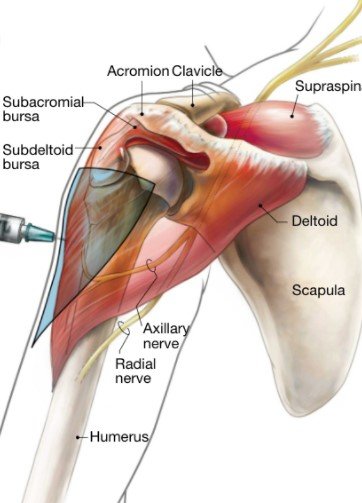@ WHOLE . HEALING . CLINIC .
Have you been diagnosed with SIRVA?...
Or are you struggling
to be understood by your GP...
...or by your orthopaedic consultant?
£50 / initial consultation (up to one hour)
£40 / follow up appointment (up to 45 mins)
SIRVA appointments are priced according to a patients current situation, whereby multiple treatments are necessary for a full recovery
APPOINTMENT COSTS
What to expect on your first treatment
Your first visit
Case History
The practitioner will take a detailed case history including the symptoms you are suffering at present, when they started and how they affect you in your everyday life. He or she will ask detailed questions about your general health, accidents and trauma that you have suffered in the past, your past medical history including illnesses and operations, dental treatment, and any other relevant areas of health such as emotional stresses you are suffering or have suffered in the past.
What should you wear?
You will probably be asked to undress down to your underwear for the examination. Undressing is not usually necessary after the first visit, but loose clothing is easier and more comfortable for the practitioner to work with than heavy tight jeans and thick belts.
Children under 16 years of age must be accompanied by a parent or carer. Adult patients may bring a chaperone if desired.
Diagnosis and Treatment
The diagnosis takes into consideration all symptoms not just the primary symptom, and whether they are linked by a common cause. Diagnosis is in two parts:
What is causing the current symptom or pain, for example, muscle tension, ligament strain or tear, arthritic joint or intervertebral disc strain etc
Why has this problem developed? This is very important, because by trying to understand why it has developed, the treatment is more likely to be effective in preventing recurrence in the future. The cause can often be found to be persistent effects of one or more old accidents and injuries, which the body is struggling to accommodate. It is important that the patient understands as much as possible about their problem so that both practitioner and patient can work together in improving their all-round health.
Treatment is aimed at:
- Relief of current symptoms.
- Treatment of the identified underlying cause to reduce the likelihood of reoccurrence.
- Rehabilitation, which may include advice about lifestyle or exercise.
The examination and treatment are both very gentle, and all parts of the body are considered because the cause of a problem is often some way away from the area of symptoms. For example, do not be surprised if you come in for headaches and find the practitioner spending a great deal of time releasing stresses and strains in your pelvis.
__________________
Examination
This is followed by a full examination. The practitioner will look at your body, assess your posture and where relevant observe how your spine and other joints move. Any appropriate tests such as taking your reflexes or blood pressure may be performed.
The practitioner will gently use their hands on some part of your body to feel for the general health state and any particular strain patterns, this is palpation akin to reading a book, and we try to quietly “tune in” to the body to allow it to reveal aspects of its health state. From this we make our holistic diagnosis.
